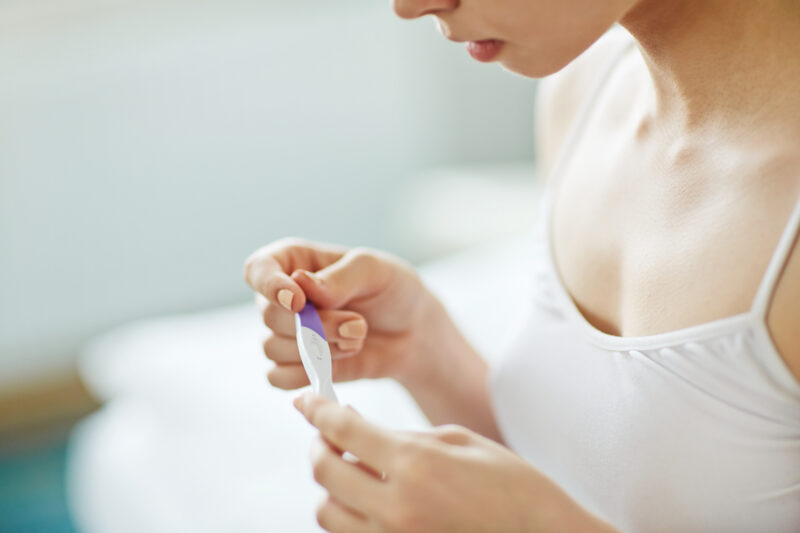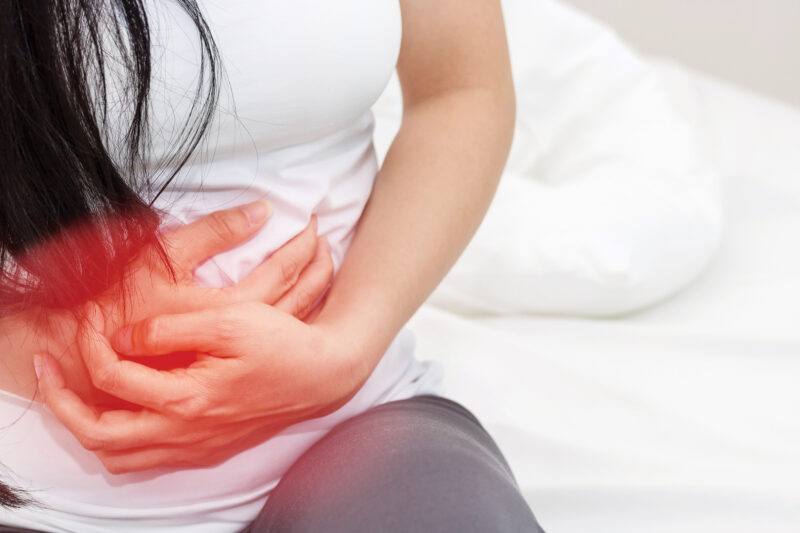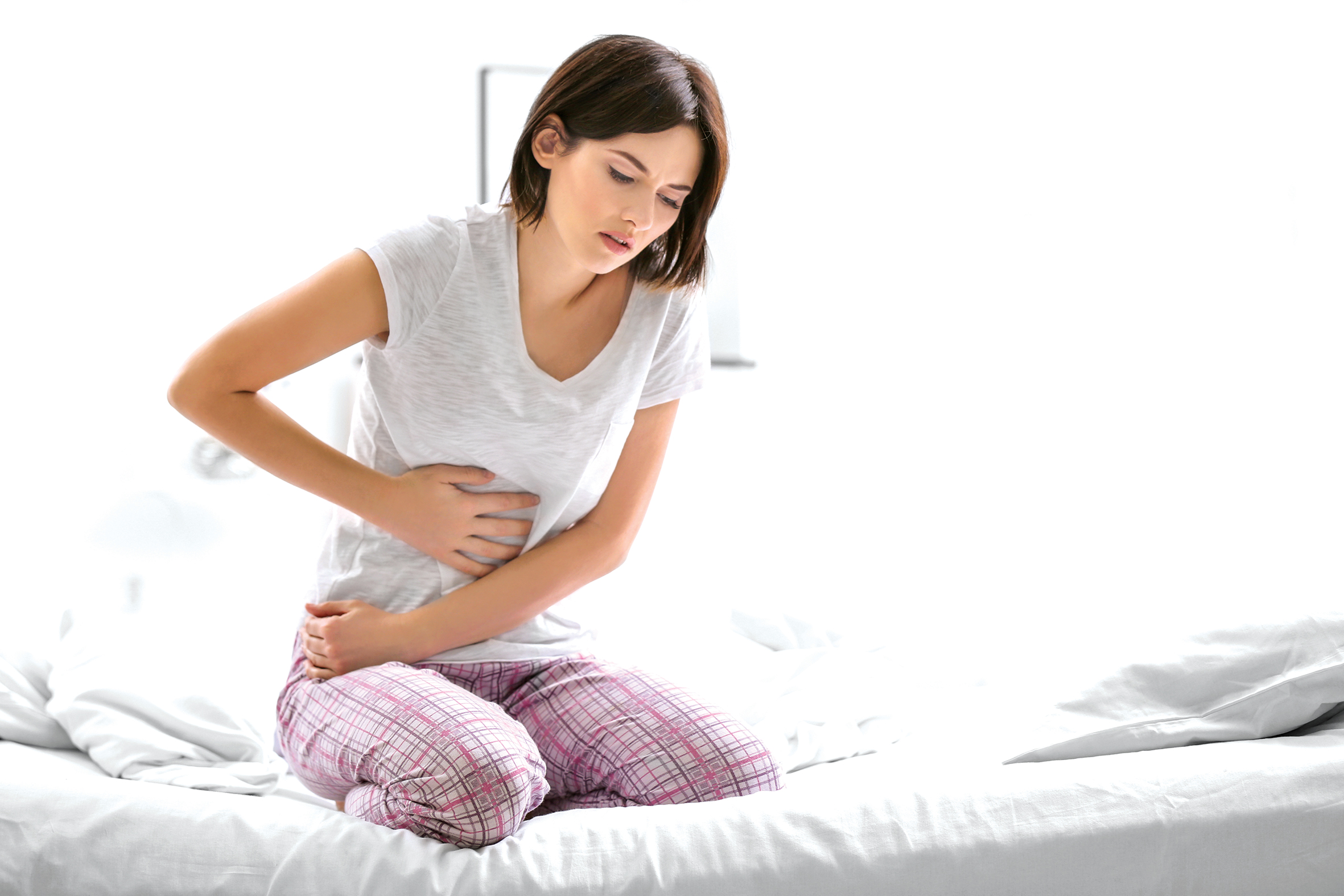Prevalence of Fibroids among women in india is on a steady rise. while one in every five women are affected with Fibroids, there is a lot of misconception surrounding these non-cancerous tumours. Reshma O Pathare explores more.
In a reproductively proactive country like India, complications and problems related to a woman’s reproductive system are more frequent than we can imagine. One of the more common and oft-feared complications among these are fibroids. Although research suggests that one in every four Indian women may have fibroids in her system and that most of them are completely asymptomatic and benign, myths and misconceptions about these uterine growths continue to run amok. Some women think that being detected with fibroids will render them infertile; some think they will suffer from heavy menstrual bleeding; while some also think all fibroids are cancerous! However, none of this is entirely true.

Why do fibroids occur?
“Misinformation and half-baked information often pose bigger dangers to a woman’s health, than the fibroid within her,” warns Dr Rajalaxmi Walavalkar, Consultant, IVF and Reproductive Surgery at Cocoon Fertility (Thane and Mumbai). “Since most fibroids are asymptomatic, they come to light only when women come in with associated issues such as heavy bleeding, irregular periods or pelvic pain. During the course of examination, if fibroids are detected, it triggers a panic mode in the woman who suddenly feels vulnerable and helpless. However, truth be told, microscopic fibroids are usually present in more women than we ever think possible,” says Dr Walavalkar, adding that mostly, it is a mutation of the MED12 gene that causes changes in the way genes are expressed in the uterus, which eventually leads to occurrence of fibroids.
However, apart from that, there also are a few other factors that lead to the development of fibroids. Dr Sudeshna Ray, Consultant Obstetrician and Gynaecologist at Jaslok Hospital and Research Centre, Mumbai, says, “Apart from genetic factors, obesity, nulliparity (a condition wherein the woman has never given birth), imbalance of natural reproductive hormones such as oestrogen and progesterone also result in formation of fibroids in women of a reproductive age. Other hypothecated factors include junk diet and stress, increasing the adrenal activity thus increasing progesterone hormone levels and peri-menopausal increase in LH hormone, high intake of caffeine and alcohol, uterine infection causing an inflammatory response.”
Types of fibroids
There are different types of fibroids that a woman may have; varying according to their size, to their placement. Dr Ray explains that fibroids are essentially benign. The types are segregated according to the location. They can be submucous (in the uterine lining) which is the most common cause of heavy menstrual bleeding, intramural (in the uterine muscles), which can cause pain and a multitude of fibroids can also cause heavy bleeding and subserous (on the outer wall) which are the least symptomatic if small; but if large, can cause heaviness in lower abdomen, dragging pain, heavy bleeding, pressure symptoms on the bladder, ureters and bowel. They can also be cervical (on the mouth of the womb) causing heaviness, incontinence and birth problems.

Pregnancy v/s infertility
There’s always an on-going debate about fibroids that, either they occur due to pregnancy, or they render a woman infertile. News flash? Both are misconceptions. Dr Walavalkar decodes these interwoven myths as she elucidates, “Firstly, one has to understand that becoming pregnant does not lead to fibroids developing in your system. If you encounter fibroids during a check-up for pregnancy, that is just an already present fibroid making its presence felt prominently. Fibroids feed on a diet of hormones. When a woman becomes pregnant, her oestrogen and progesterone levels shoot up a thousand times over. Similarly, her body begins supplying blood and essential nutrients to the foetus in her womb. Just as the baby starts growing thanks to these factors, so also do the fibroid(s).” A subserous fibroid may not affect the pregnancy in any way, but a submucosal fibroid is best removed in time to avoid hindrances in the pregnancy, such as, further loss of bowel control or bladder control; problems in allowing the foetus to develop properly; and possibilities of preterm labour or miscarriage.
“As for the part about infertility, while around 10 per cent of women suffering from infertility, may also have fibroids, this myth about fibroids causing infertility has been perpetrated because in quite a few cases, if the fibroid is growing within the uterine cavity, it disallows the embryo from getting attached to the walls, thus making pregnancy impossible in spite of successful fertilisation,” explains Dr Walavalkar.
Apart from this, fibroids can change the shape of the cervix, thus making it difficult for the sperm to enter; or can block the fallopian tubes, thus making it difficult for the fertilized egg to go to the uterus for implantation; or, can cause miscarriages by reducing the blood supply to the implanted foetus. So yes, fibroids can hinder pregnancy in a few cases but with their timely removal, a woman can successfully conceive, unless she has other complications making her infertile.

Prevention and treatment
The thought of undergoing a surgery, especially a hysterectomy, scares many women into not visiting a doctor in spite of having prominent pain or heavy bleeding. However, the good news is that if detected in time i.e. when the size of the fibroid is small, most of them can be treated without surgery.
Dr Anita K. Mohan, Senior Consultant, Obstetrics-Gynaecology, Fortis Hospital, Bengaluru, says, “All fibroids do not need to be treated by surgery. Surgery is needed only if they cause a problem. Else, there are different medicines and non-invasive options available as well. The best mode of treatment should be tailored to the woman's complaints, fertility needs, age, size and site of fibroid, besides other issues.”
Dr Ray gives a detailed low-down of the options available for treating fibroids. “OC pills used for a large number of years can protect and inhibit growth of fibroids. Certain medicines like Uliprisral and Mefipristone have been shown to reduce growth and control bleeding due to fibroids. GnRH analogues can also cause shrinkage and control of symptoms. Then, there are some conservative methods which include, MrGFus wherein high intensity ultrasound energy is given through MRI machine to dissolve fibroids without cuts and bleeding. However, it is more of a symptom-targeted treatment rather than size-targeted. It has also shown to improve fertility; Uterine Artery Embolization (UAE) , wherein certain chemicals are injected through the thigh vein to block arteries that supply blood to fibroids thus causing fibroid shrinkage. It is not recommended to women wanting children but is an alternative to hysterectomy; and LNG IUS, which is a very effective treatment for small submucous fibroids which causing heavy bleeding. The best way is to remove the fibroid through hysteroscopy and then put the IUD which prevents bleeding and also regrowth and recurrence. Then, we have surgical removal procedures such as laparoscopic or Robotic Myomectomy, Hysteroscopic myomectomy and finally, hysterectomy. The Robotic Myomectomy is the gold standard for removing single or multiple fibroids. The Hysteroscopic myomectomy is done only for submucous or intramural fibroids which is growing towards the uterine lining. It is a scarless method but needs skill and adequate facilities. Hysterectomy is advised for women with symptomatic or large fibroids who are preferably above 40 years of age and have completed their family. This can be achieved by scarless (vaginal method), laparoscopic or Robotic method.”
A course of Selective Progesterone Receptor Modulator (SPRM) pills, or insertion of medicated coils is also suggested on a case-to-case basis. Usually, it is seen that as a woman approaches menopause, her fibroids start drying up due to lack of oestrogen. Thus, treatments are also suggested looking at the woman’s age and life-stage.
A woman has no need to fear if detected with fibroids. However, Dr Mohan reiterates the ancient saying that ‘prevention is better than cure’, saying, “As with any lifestyle-related problem, it is also prudent to make lifestyle changes to remain healthy. Regular exercise, eating a high fibre diet, keeping your weight in balance, and avoiding excessive consumption of red meat have been associated with lower chances of fibroid formation. Women should also refrain from being careless about changes in their bodily patterns. If there is a change in the pattern of menses, she should contact a doctor at the earliest. If a woman has fibroids, she needs yearly evaluation of the fibroids with her doctor to prevent further complications.”
To sum it up, a good lifestyle, careful monitoring of one’s bodily changes, a healthy dialogue with one’s doctor and lack of fear about treatment can go a long way in curing a woman of her fibroids.


